Find Help
More Items From Ergsy search
-

Intro to Angiograms, Angioplasty & Coronary Bypass Grafting
Relevance: 100%
-

Coronary Bypass Grafting (CABG)
Relevance: 64%
-

Introduction to coronary angiogram and stenting
Relevance: 45%
-

Will a heart bypass make me live longer?
Relevance: 34%
-

Before Angioplasty
Relevance: 31%
-
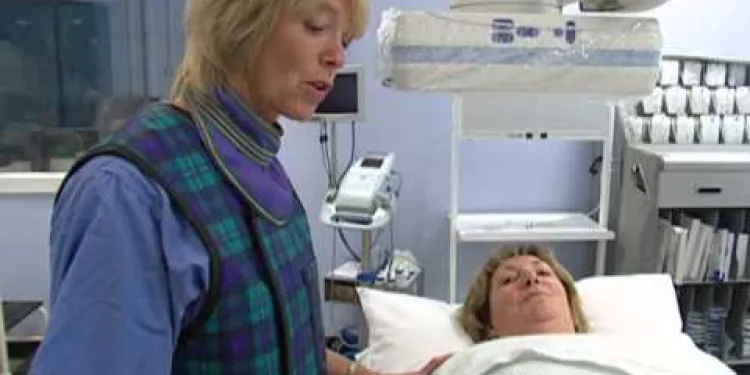
Having a CT Angiogram
Relevance: 30%
-

FFR-CT beat invasive conventional coronary angiography says a Cardiologist
Relevance: 18%
-

What is angina and how is it treated?
Relevance: 16%
-

Heart stents
Relevance: 14%
-
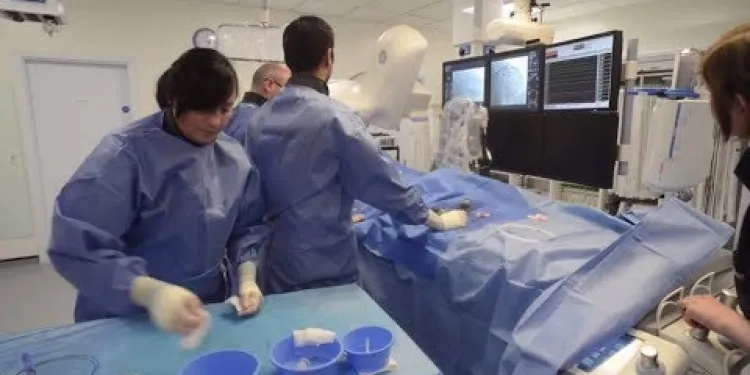
Heart attack care - Raigmore Hospital Inverness, NHS Highland
Relevance: 12%
-

What number of grafts do I need for my hair transplant in Turkey?
Relevance: 9%
-

Cardiac Physiology Walkthrough
Relevance: 7%
-

What is the cost of a hair transplant in Turkey?
Relevance: 7%
-

What causes heart failure?
Relevance: 7%
-
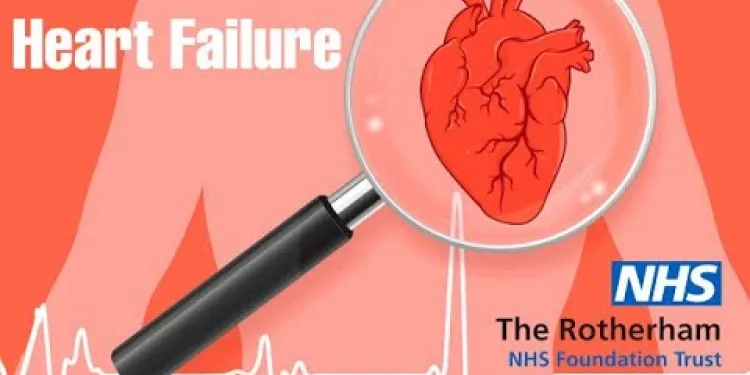
Heart Failure : When the heart becomes stiff?
Relevance: 7%
-

Heart Failure : Heart failure that cannot pump
Relevance: 7%
-

Heart Attack Stories | NHS
Relevance: 6%
-

Heart Attack Stories | NHS
Relevance: 5%
-

Heart failure introduction
Relevance: 5%
-

How long should I stay in Turkey for my hair transplant?
Relevance: 5%
-

Weight Loss Surgery
Relevance: 5%
-

Why might someone need a stoma bag?
Relevance: 5%
-

Heart Failure : Symptoms of heart failure
Relevance: 4%
-
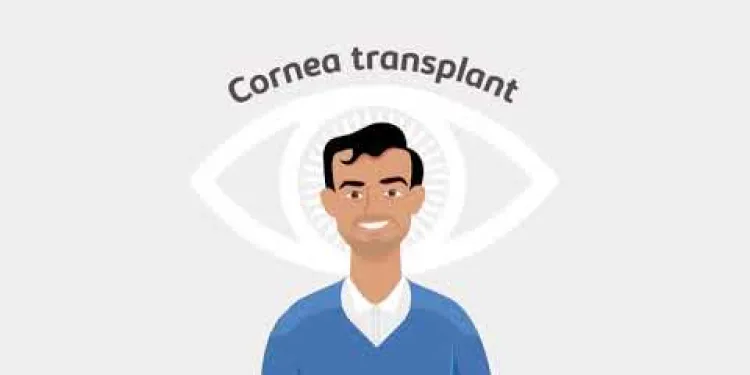
Cornea transplant - Your journey
Relevance: 4%
-
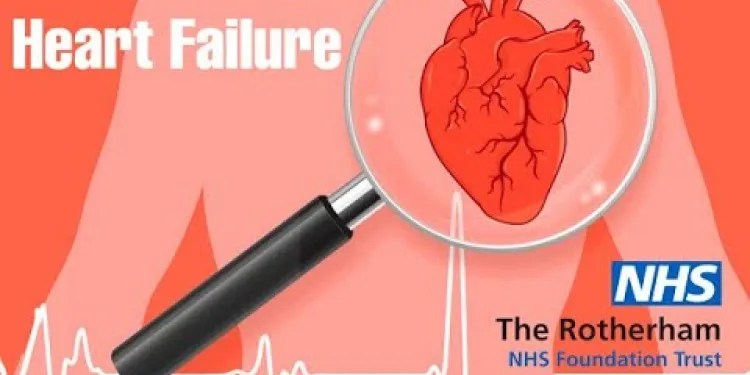
Heart Failure : What is heart failure?
Relevance: 4%
-

How long does it take for CBD to work?
Relevance: 4%
-

What treatments are available for obesity?
Relevance: 4%
-

What are the symptoms of arterial thrombosis?
Relevance: 4%
-

What signs indicate that my email filters may have been tampered with?
Relevance: 4%
-
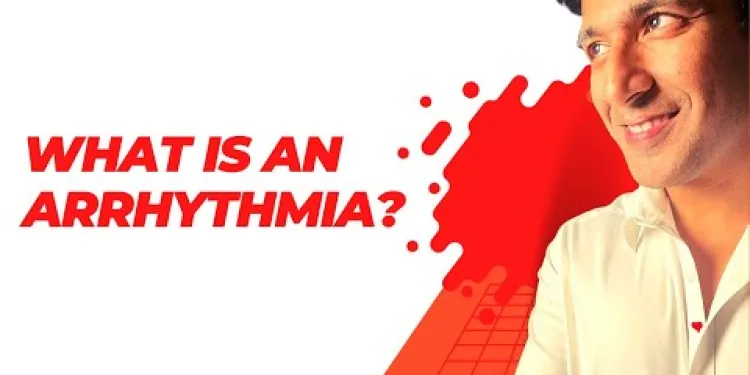
What exactly is an arrhythmia?
Relevance: 4%
-

Hair Transplants in Turkey
Relevance: 4%
-

Heart Failure : The normal heart
Relevance: 4%
-
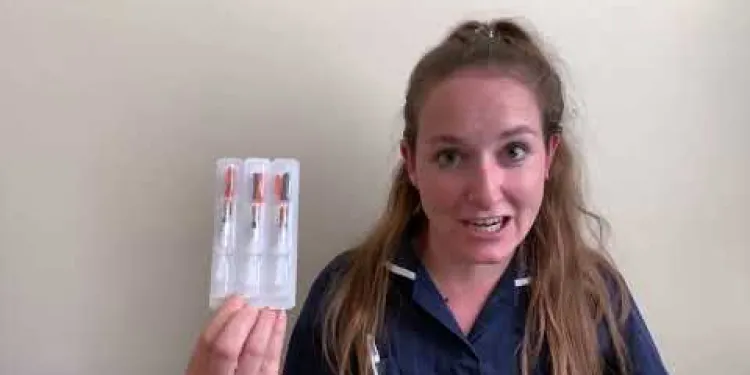
Bariatric Surgery - What to expect when you come to hospital for your operation.
Relevance: 4%
-

Are hair transplants in Turkey safe?
Relevance: 4%
-

How does motor neurone disease impact swallowing?
Relevance: 4%
-
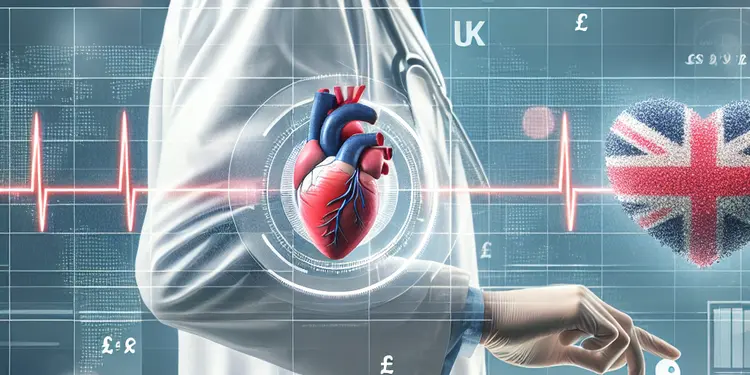
How is heart failure diagnosed?
Relevance: 4%
-

What is a Stoma Bag?
Relevance: 4%
-

Do fake weight loss drugs offer unrealistic results?
Relevance: 4%
-
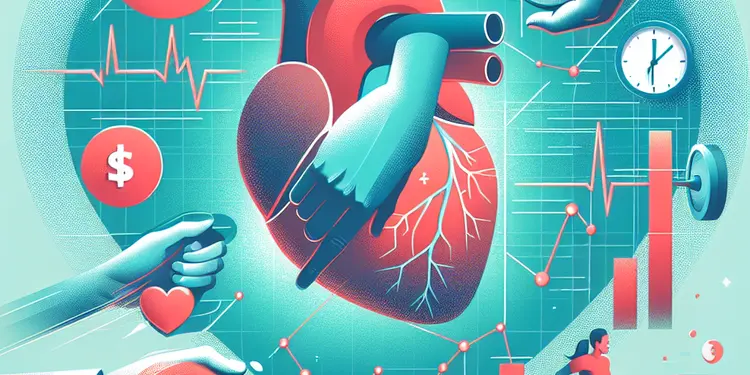
Can physical exertion trigger a heart attack?
Relevance: 4%
-

Could this social media ban lead to an increase in workarounds by under 16s?
Relevance: 4%
Understanding Angiograms, Angioplasty & Coronary Bypass Grafting
Angiograms
An angiogram is a diagnostic procedure used to visualise the blood vessels in the heart and other parts of the body. A contrast dye is injected through a catheter into the blood vessels, and X-ray images are taken to detect any blockages or abnormalities. In the UK, angiograms are commonly performed to assess conditions such as coronary artery disease and to plan further treatments like angioplasty or coronary bypass grafting.
Angioplasty
Angioplasty, also known as percutaneous coronary intervention (PCI), is a minimally invasive procedure used to widen narrowed or obstructed arteries or veins. During angioplasty, a small balloon attached to a catheter is inserted into the clogged artery and inflated to open up the blockage. Often, a stent (a tiny mesh tube) is placed in the artery to keep it open. This procedure can significantly improve symptoms of coronary artery disease, such as chest pain and shortness of breath, and is frequently performed in the UK.
Coronary Bypass Grafting
Coronary bypass grafting (CABG) is a surgical procedure used to treat severe coronary artery disease. It involves taking a blood vessel from another part of the body, such as the leg or chest, and grafting it onto the coronary artery to bypass the blocked section. This creates a new pathway for blood to flow to the heart muscle. CABG is considered when angioplasty is not suitable or when multiple coronary arteries are blocked. This procedure can improve heart function, alleviate symptoms, and prolong life. In the UK, it is performed by specialized cardiac surgeons in hospitals equipped with advanced surgical facilities.
Understanding these procedures and their applications can help patients in the UK make informed decisions about their cardiovascular health and treatment options.
Understanding Angiograms, Angioplasty & Coronary Bypass Grafting
Angiograms
An angiogram is a test that helps doctors see inside your blood vessels. Doctors use a special dye and X-rays to check for problems, like blockages, in the heart and other areas. It helps them decide what treatment is needed.
Angioplasty
Angioplasty is a treatment to open up blocked arteries in the heart. Doctors use a small balloon on a thin tube to push the blockage aside. Sometimes, they put a tube called a stent in the artery to keep it open. This helps if you have chest pain or trouble breathing.
Coronary Bypass Grafting
Coronary bypass grafting is a surgery to fix bad blockages in heart arteries. Doctors use a blood vessel from your leg or chest to make a new path for blood. This helps blood get to the heart. This surgery is for people who need more help than angioplasty can give.
These procedures can help people understand and choose the best way to take care of their heart health.
Frequently Asked Questions
What is an angiogram?
An angiogram is a medical imaging procedure used to visualize the inside of blood vessels and organs of the body, particularly the arteries, veins, and heart chambers.
Why would a doctor recommend an angiogram?
Doctors recommend an angiogram to check for blocked or narrowed blood vessels in the heart, assess the severity of coronary artery disease, or evaluate symptoms such as chest pain or shortness of breath.
What preparation is needed before an angiogram?
You may be asked to avoid eating or drinking for several hours before the procedure. Inform your doctor about any medications you are taking and any allergies, particularly to iodine or contrast dye.
How is an angiogram performed?
An angiogram is performed using a catheter inserted into a blood vessel, usually in the groin or wrist. A contrast dye is injected through the catheter, and X-ray images are taken to visualize the blood vessels.
What are the risks associated with an angiogram?
Risks include bleeding at the catheter insertion site, allergic reactions to the contrast dye, and, in rare cases, damage to the blood vessels or kidneys.
What is angioplasty?
Angioplasty is a procedure to restore blood flow through the artery. A balloon is inserted and inflated to open up blocked or narrowed blood vessels, sometimes followed by stent placement.
Why might someone need angioplasty?
Angioplasty is needed if there are blocked arteries that could cause heart attacks, chest pain (angina), or other heart-related issues.
What are the types of stents used in angioplasty?
There are bare-metal stents and drug-eluting stents. Drug-eluting stents are coated with medication that helps prevent the artery from becoming blocked again.
Is angioplasty a permanent solution?
While angioplasty can provide long-term relief from symptoms, it is not always a permanent solution. Lifestyle changes and medication may be needed to maintain artery health.
How long does recovery take after angioplasty?
Recovery can vary, but many patients can return to normal activities within a few days. Your doctor will provide specific guidelines based on your condition.
What is coronary bypass grafting (CABG)?
Coronary bypass grafting (CABG) is a surgical procedure where blood vessels from another part of your body are grafted to bypass the blocked arteries in your heart.
When is CABG recommended?
CABG is recommended for patients with severe coronary artery disease that cannot be effectively treated with medication or angioplasty, or when multiple arteries are blocked.
How is CABG performed?
CABG is performed under general anaesthesia. Surgeons take a healthy blood vessel from your leg, arm, or chest and connect it to bypass the blocked artery.
What are the risks associated with CABG?
Risks include infection, bleeding, heart attack, stroke, and complications from anaesthesia. Your surgical team will discuss these risks with you before the procedure.
What is the recovery process like after CABG?
Recovery from CABG includes a hospital stay of about a week, followed by several weeks of gradually increasing activity levels. Full recovery can take several months.
What is an angiogram?
An angiogram is a special test to look at blood vessels.
Doctors use it to see if your heart and blood vessels are healthy.
During the test, doctors use a camera and a special dye.
The dye helps them see the blood vessels better.
If you have trouble reading, you can ask someone to help you understand.
You can also use tools like audio books or videos for more help.
An angiogram is a medical test. It helps doctors look inside blood vessels and parts of the body. Doctors use it to see arteries, veins, and heart chambers.
Why does a doctor say you need an angiogram?
An angiogram is a special test. It helps doctors see inside your heart and blood vessels (the tubes that carry blood). A doctor may say you need an angiogram to check for problems like blockages.
Here’s why you might need an angiogram:
- You have chest pain.
- You feel short of breath.
- The doctor thinks there might be a blockage in your blood vessels.
- They want to see how blood is flowing in your heart.
Sometimes doctors suggest using a special tool, like pictures, to explain things better. If you find reading hard, ask someone to read the information to you or use an audio tool.
Doctors might suggest a test called an angiogram to see if there are any blockages or narrow spots in your heart's blood vessels. This test can help them understand how serious heart issues are or figure out why you might have feelings like chest pain or trouble breathing.
How do I get ready for an angiogram?
Here is how you can get ready for an angiogram:
- Ask a friend or family member to come with you.
- Do not eat or drink for 6 hours before the test. This means no food or drinks.
- Tell your doctor about any medicine you take.
- If you have allergies, tell the doctor. Some people are allergic to the dye used in the test.
- Wear comfy clothes. You might be asked to wear a hospital gown.
These tips can help you feel ready and calm for the test. If you have questions, talk to your doctor or nurse. They are there to help you.
Your doctor might tell you not to eat or drink for a few hours before the test. Tell your doctor about any medicines you take and if you have allergies, especially to iodine or a special dye.
How do doctors do an angiogram?
A doctor does an angiogram to see inside blood vessels.
Here is what happens:
- You go to the hospital.
- The doctor gives you medicine to make you sleepy.
- The doctor puts a small tube in a blood vessel.
- The doctor puts a special dye through the tube.
- A camera takes pictures of your blood vessels.
- The doctor uses the pictures to check your health.
You can bring someone with you for support.
You can ask the doctor any questions you have.
An angiogram is a special test doctors do to look at blood vessels. They use a thin tube called a catheter. This tube goes into a blood vessel in your groin or wrist. They put a special dye through the tube. Then, they take X-ray pictures to see the blood vessels better.
If you find reading hard, you could try using a tool that reads text out loud. Some people find it helpful to listen while reading. You could also use a ruler or your finger to follow along with the words.
What are the risks of an angiogram?
An angiogram is a test doctors do to look at your blood vessels. Here are some things that could go wrong with an angiogram: - **Bruising or Bleeding**: You might get a bruise or bleed where the doctor puts the needle. - **Pain**: It might hurt a little. - **Allergic Reaction**: Some people are allergic to the dye used in the test. Tell the doctor if you are allergic. - **Kidney Problems**: The dye can sometimes hurt your kidneys. - **Infection**: There is a small chance of getting an infection. If you are worried, talk to the doctor or nurse. You might find it helpful to use a picture or a video to understand more. Or ask someone to explain it in a different way.There are some risks. You might bleed where the tube goes in. You could have an allergic reaction to the special dye. Sometimes, but not often, blood vessels or kidneys can get hurt.
What is angioplasty?
Angioplasty is a medical treatment to help your heart.
If your blood vessels are too narrow or blocked, doctors use a small balloon to open them up. This helps blood flow better.
Doctors sometimes put a tiny tube, called a stent, inside the blood vessel. The stent helps keep it open.
If you find reading difficult, pictures or videos can help you understand better. Also, a friend or family member can explain things to you.
Angioplasty helps blood flow better through a narrow artery. A small balloon goes into the blood vessel. The balloon gets bigger to open the vessel. Sometimes, a little tube called a stent is put in to keep it open.
Why might someone need angioplasty?
Sometimes, the tubes that carry blood in our body get too narrow. This can make it hard for blood to flow. Angioplasty is a special way to open these tubes, so blood can move easily.
Doctors do this to help people feel better and have more energy.
To learn more, you can ask your doctor or look at pictures and videos that show how it works.
Angioplasty is a treatment. It helps if arteries are blocked. Blocked arteries can cause heart attacks, chest pain, or other heart problems.
What kinds of stents are used in angioplasty?
Stents are tiny tubes doctors put inside blood vessels to keep them open. They help blood flow easily through the body.
Here are the main types of stents:
- Metal Stents: These are made of metal and are the most common. They are like a small wire cage.
- Coated Stents: These stents have a special medicine on them. The medicine helps stop the blood vessel from getting blocked again.
If you find it hard to read, you can ask someone to read with you. You can also use text-to-speech tools that read the text out loud.
There are two types of stents: bare-metal stents and drug-eluting stents. Drug-eluting stents have medicine on them that helps keep the artery from getting blocked again.
Will angioplasty fix the problem forever?
Angioplasty can help you feel better for a long time, but it might not fix the problem forever. You might need to change how you live and take medicine to keep your arteries healthy.
How long does it take to get better after angioplasty?
Angioplasty is a heart procedure. It helps blood flow better.
Most people start to feel better in a week. You might go home the day after the procedure.
You should rest and avoid lifting heavy things for a while. Your doctor will tell you when you can go back to normal activities.
It is important to follow your doctor's advice. Eating healthy food and doing light exercises can help.
Tools like calendars can remind you of check-ups. A family member or friend can help you remember instructions.
Getting better can be different for each person. Many people feel better and can do normal things again in a few days. Your doctor will tell you what to do to get better, based on how you are doing.
What is heart bypass surgery (CABG)?
Heart bypass surgery is an operation. It helps blood go around a blocked or narrow part of the heart. This surgery is called CABG, which stands for Coronary Artery Bypass Grafting.
Here is how it works:
- The doctor takes a healthy blood vessel from another part of your body.
- They use it to make a new road for blood to flow around the blockage in your heart.
Things that can help you remember:
- Think of your heart like a busy road.
- If the road is blocked, the doctor makes a new road.
Tips for understanding:
- Use simple drawings to see how the heart and blood vessels work.
- Ask someone to explain new words.
- Take your time to learn.
Ask your doctor if you have more questions!
Coronary bypass grafting (CABG) is a type of surgery. In this surgery, doctors take blood vessels from another part of your body. They use these blood vessels to go around the arteries in your heart that are blocked.
When do doctors say to have CABG?
CABG is a type of heart surgery that helps blood flow better. Doctors might say to have CABG if:
- Your heart's blood vessels are very narrow or blocked.
- You have strong chest pain (also called angina) that doesn't go away with medicine.
- The heart isn't getting enough blood and you might have a heart attack.
Doctors decide if you need CABG by looking at your heart's health. You might do tests or talk with a heart doctor.
It is helpful to ask questions if you do not understand. Bringing a family member or friend can help, too.
CABG is a type of heart surgery. Doctors say it is a good idea for people with bad heart problems. These people have heart problems that medicine or other treatments can’t fix. It is also helpful when more than one blood vessel in the heart is blocked.
How is Heart Bypass Surgery Done?
Heart bypass surgery is a special surgery. It helps blood move around a blocked part of the heart. Here is how doctors do it:
- First, doctors give the patient medicine to make them sleep. This way, the patient does not feel pain.
- Then, doctors take a healthy blood vessel from another part of the patient’s body. This blood vessel is used to make a new path for blood.
- Next, doctors attach this new blood vessel to the heart. This makes blood go around the blocked part.
- Finally, they make sure everything is working well before waking the patient up.
To learn more, you can:
- Ask the doctor questions.
- Watch simple videos about heart surgery.
- Read books with pictures about how the heart works.
You will be asleep during the surgery. Doctors will take a healthy blood vessel from your leg, arm, or chest. They use it to make a new path around the blocked artery in your heart.
What are the risks of heart bypass surgery?
Heart bypass surgery, also called CABG, is a big operation to help your heart. But like all surgeries, there are some risks. Here are some risks you should know about:
- Bleeding: You might bleed more than usual during or after surgery.
- Infection: You might get germs that can make you sick after surgery.
- Heart attack: Sometimes, the heart can have trouble during or after surgery.
- Stroke: This is when blood can’t get to parts of your brain.
- Breathing problems: Some people find it hard to breathe after surgery.
It’s important to talk to your doctor about these risks. They can explain what might happen and how they help keep you safe. You can also have a family member or friend with you to ask questions. If it helps, use pictures or write notes to understand better.
There are some risks when you have surgery. These can be getting an infection, bleeding, having a heart attack, having a stroke, or problems because of the medicine that makes you sleep during surgery. Your doctors will talk to you about these risks before the surgery.
What happens after heart surgery?
Having heart surgery is a big deal! After the operation, you will need time to get better. This is called recovery.
Here’s what you can expect during recovery:
- Rest: Your body needs plenty of rest to heal. Make sure you sleep well.
- Follow doctor’s advice: Listen to what your doctor tells you. They will help you get better.
- Healthy food: Eating good food helps your body heal. Try to eat fruits and vegetables.
- Mild exercise: Your doctor might ask you to do easy exercises. This helps you get stronger.
If you can, try these helpful ideas:
- Use an alarm to remind you to take medicine.
- Ask a family member or friend to help you with your daily tasks.
- Write down any questions you have for your doctor so you can remember to ask them.
Remember, everyone’s recovery is different. Take your time, and be patient with yourself.
When you get better after a heart surgery called CABG, you will stay in the hospital for about one week. After that, you will slowly start doing more things over the next few weeks. It can take a few months to feel all better.
Useful Links
- Ergsy carfully checks the information in the videos we provide here.
- Videos shown by Youtube after a video has completed, have NOT been reviewed by ERGSY.
- To view, click the arrow in centre of video.
- Most of the videos you find here will have subtitles and/or closed captions available.
- You may need to turn these on, and choose your preferred language.
- Go to the video you'd like to watch.
- If closed captions (CC) are available, settings will be visible on the bottom right of the video player.
- To turn on Captions, click settings .
- To turn off Captions, click settings again.
More Items From Ergsy search
-

Intro to Angiograms, Angioplasty & Coronary Bypass Grafting
Relevance: 100%
-

Coronary Bypass Grafting (CABG)
Relevance: 64%
-

Introduction to coronary angiogram and stenting
Relevance: 45%
-

Will a heart bypass make me live longer?
Relevance: 34%
-

Before Angioplasty
Relevance: 31%
-

Having a CT Angiogram
Relevance: 30%
-

FFR-CT beat invasive conventional coronary angiography says a Cardiologist
Relevance: 18%
-

What is angina and how is it treated?
Relevance: 16%
-

Heart stents
Relevance: 14%
-

Heart attack care - Raigmore Hospital Inverness, NHS Highland
Relevance: 12%
-

What number of grafts do I need for my hair transplant in Turkey?
Relevance: 9%
-

Cardiac Physiology Walkthrough
Relevance: 7%
-

What is the cost of a hair transplant in Turkey?
Relevance: 7%
-

What causes heart failure?
Relevance: 7%
-

Heart Failure : When the heart becomes stiff?
Relevance: 7%
-

Heart Failure : Heart failure that cannot pump
Relevance: 7%
-

Heart Attack Stories | NHS
Relevance: 6%
-

Heart Attack Stories | NHS
Relevance: 5%
-

Heart failure introduction
Relevance: 5%
-

How long should I stay in Turkey for my hair transplant?
Relevance: 5%
-

Weight Loss Surgery
Relevance: 5%
-

Why might someone need a stoma bag?
Relevance: 5%
-

Heart Failure : Symptoms of heart failure
Relevance: 4%
-

Cornea transplant - Your journey
Relevance: 4%
-

Heart Failure : What is heart failure?
Relevance: 4%
-

How long does it take for CBD to work?
Relevance: 4%
-

What treatments are available for obesity?
Relevance: 4%
-

What are the symptoms of arterial thrombosis?
Relevance: 4%
-

What signs indicate that my email filters may have been tampered with?
Relevance: 4%
-

What exactly is an arrhythmia?
Relevance: 4%
-

Hair Transplants in Turkey
Relevance: 4%
-

Heart Failure : The normal heart
Relevance: 4%
-

Bariatric Surgery - What to expect when you come to hospital for your operation.
Relevance: 4%
-

Are hair transplants in Turkey safe?
Relevance: 4%
-

How does motor neurone disease impact swallowing?
Relevance: 4%
-

How is heart failure diagnosed?
Relevance: 4%
-

What is a Stoma Bag?
Relevance: 4%
-

Do fake weight loss drugs offer unrealistic results?
Relevance: 4%
-

Can physical exertion trigger a heart attack?
Relevance: 4%
-

Could this social media ban lead to an increase in workarounds by under 16s?
Relevance: 4%


